Why Logic Wave is particular about reverb
Keizo Ishibashi, the representative and developer of Logic Wave, is originally a professional musician who has won multiple international competitions and has experience working overseas, including as a certified performer on the New York subway. Through this diverse experience, I have developed a particular focus on reverb.
On this page, we will explain in the representative's own words why Logic Wave is so particular about reverb.

▼The origin of attachment
I originally played the guitar, but when I entered university, I discovered the mandolin, and since then I have mainly focused on the mandolin in my musical activities.
The mandolin is an Italian musical instrument that produces sound by plucking strings, just like the guitar, but it has a much shorter sustain (the length of sound) than the guitar, making it difficult to play smoothly.
If you look at the waveforms of sound sources that play the same phrase (for example, Do Re Mi Fa So Rashid) at the same tempo, the difference is obvious.
Compared to the guitar waveform (bottom) , the mandolin's waveform (top) is sharper, like a eaten fish bone, and the sound cuts off quickly.

For this reason, many classical mandolin players prefer to perform in concert halls with long reverberations, and study their expressions with the premise of performing in such places.
Of course, I am no exception and have a strong attachment to and admiration for reverb.
If I don't have reverb like I do at home, I feel like the music is incomplete, and my obsession with reverb has become much stronger than that of the average guitarist.
▼Understanding reverb
Because of his strong obsession with reverb, he performed in a variety of environments, from large and small concert halls to places like New York's Grand Central Station, and objectively analyzed the reverberations.
Of course, we analyzed not only acoustic reverberation but also digital effect reverberation from various perspectives.
As anyone who has worked with effector reverb will know, the following main parameters are defined for reverb.
- Pre-delay (time difference until reverberation starts)
- Decay (length of reverberation)
- Depth (width of space)
- Early reflections (first reflected sound)

The reverb that actually occurs in concert halls can be explained to some extent by the numerical values of these elements.
This structural understanding and actual performance experience has enabled me to understand reverb in a systematic way.
▼Pursuit of ideals
It was around 2010 that I began to pursue the ideal reverb.
First of all, when thinking about the ideal reverb, it is very important to ask who it is ideal for. This is because the sound changes depending on where you listen to it. Even in a concert hall, if you listen to the sound in the center, the sound may be good, but if you listen to it at the edges, only the bass reverberations may be emphasized and the balance may be poor.

Therefore, we first decided to think about the ideal reverb for the player's ears. In short, we decided to focus on whether or not the performer felt comfortable playing the instrument.
When I think about it, reverb seems like a very troublesome thing.
This is because it is not something that can be recreated with just the instrument and yourself, and you have to rely on individual locations such as halls and equipment.
You have to accept reverb that changes from day to day due to slightly different settings, amp angles, and other environmental changes.
Even if you are able to create the ideal reverb, it is meaningless if it is not reproducible.
After thinking about it, I came to the conclusion that in order to achieve reproducibility, it was necessary to add reverb to the raw sound of the instrument itself .
▼Add reverb to live sound
Since around 2011, I've been thinking about how to add reverb to live sound.
# Vibration speaker experiment
My first idea was to attach a vibrating speaker to a musical instrument. A vibration speaker is a device that amplifies sound by attaching a vibrating element to a soundboard and sending signals as vibrations to the soundboard.
A simple explanation of this idea was to feed back a signal with a reverb effect applied to it through a vibrating speaker to the instrument itself. I think this idea is similar to that of YAMAHA's trans-acoustic guitar, which will be released later.
This video shows part of an experiment from 2011, in which a vibration speaker was actually attached to a musical instrument.
# The decisive difference between amplifier and live sound
During numerous experiments to achieve a sound that is natural and blends in with the live sound of the instrument, we discovered that there is a decisive difference between the amplifier and the live sound.
When producing sound with an amplifier, the player must listen to the sound from the amplifier at the same time as the sound from the instrument at hand, objectively from the listener's perspective. On the other hand, when adding reverb to live sound, the sound is completely from the player's perspective.
This difference was bigger than I expected, and I had to change my way of thinking significantly from when using an amplifier. In addition to the time difference and phase difference that can be expressed numerically, it also includes human psychology, which creates a completely different sound impression based on the experience.
With this in mind, we needed to proceed with the development of natu-reverb in order to achieve the optimal reverb balance.
▼Road to development
# Idea fermentation period
As of 2011, there were three things that needed to be done to achieve the ideal reverb:
- Spring reverb attached to musical instruments
- Sound that blends naturally with the live sound of the instrument
- Design and structure that does not interfere with performance
However, this was quite difficult, and I felt that the hurdles to achieving it were too high for my wisdom, knowledge, and skills at the time.
I also had a ton of other work to do, so this idea was pushed to the back of my mind.

# Ideas discovered during the coronavirus pandemic
The 2020 coronavirus pandemic brought ideas back to life that had once been tucked away in the back of my mind.
As I spend more time at home, I also have more time to play musical instruments at home. I also have more opportunities to look back on my past activities and life, take a bird's-eye view, and reflect.
As a result of thinking about what I should do now, out of all the ideas I've had, ``achieving the ideal reverb'' emerged as my top priority.
This was of course aimed at realizing my own dream, but it also included the desire to provide a better experience for everyone who plays the guitar at home.
With this determination to ``realize the ideal reverb'' as the starting point, we began the development of natu-reverb.
The rest is as written in About Logic Wave .

▼We want to provide a rich musical instrument experience
Due to the above circumstances, we have decided to announce natu-reverb in 2022, about 10 years after its conception.
People's lives are changing and becoming more diverse every year. On the other hand, acoustic instruments such as guitars are as good as ever.
We will continue to develop products with an emphasis on the user's perspective, so that we can provide a better musical instrument experience in modern life while retaining the goodness of acoustic instruments.
We hope that more people will be able to enjoy acoustic instruments even more.
If you have any questions about the product, please feel free to contact us.
List of articles
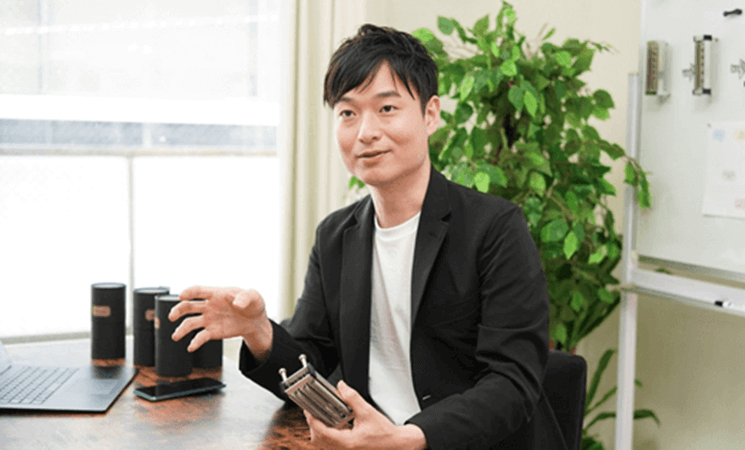
Why we care about reverb
We will explain in the representative/developer's own words why Logic Wave is so particular about reverb.
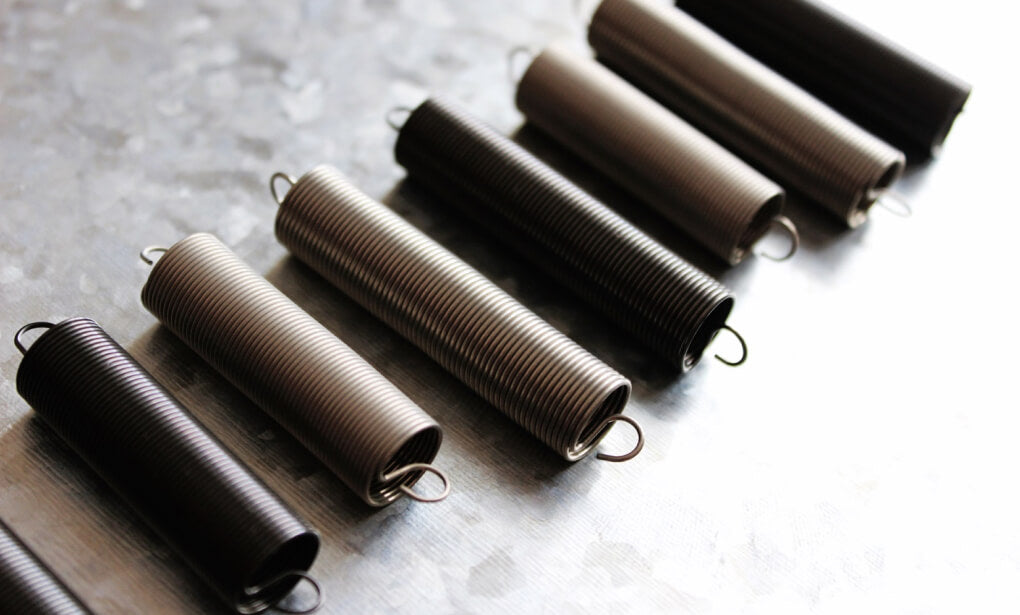
Trial and error in millimeters
We would like to explain the attention to detail that goes into our main product, natu-reverb, down to the millimeter level.
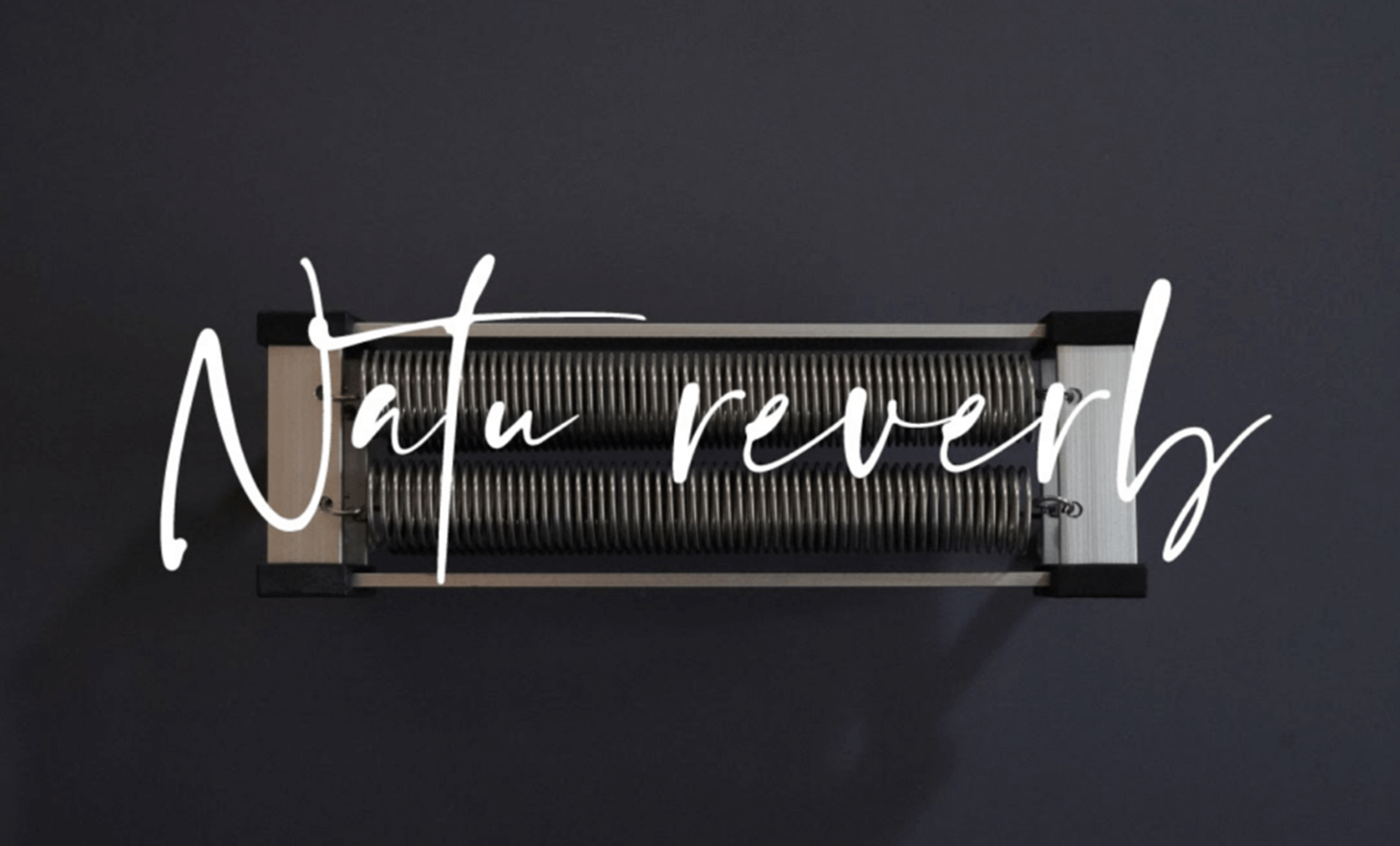
Behind-the-scenes story behind the development of natu-reverb
We will look back at the beginning of planning and development for natu-reverb and explain its history.
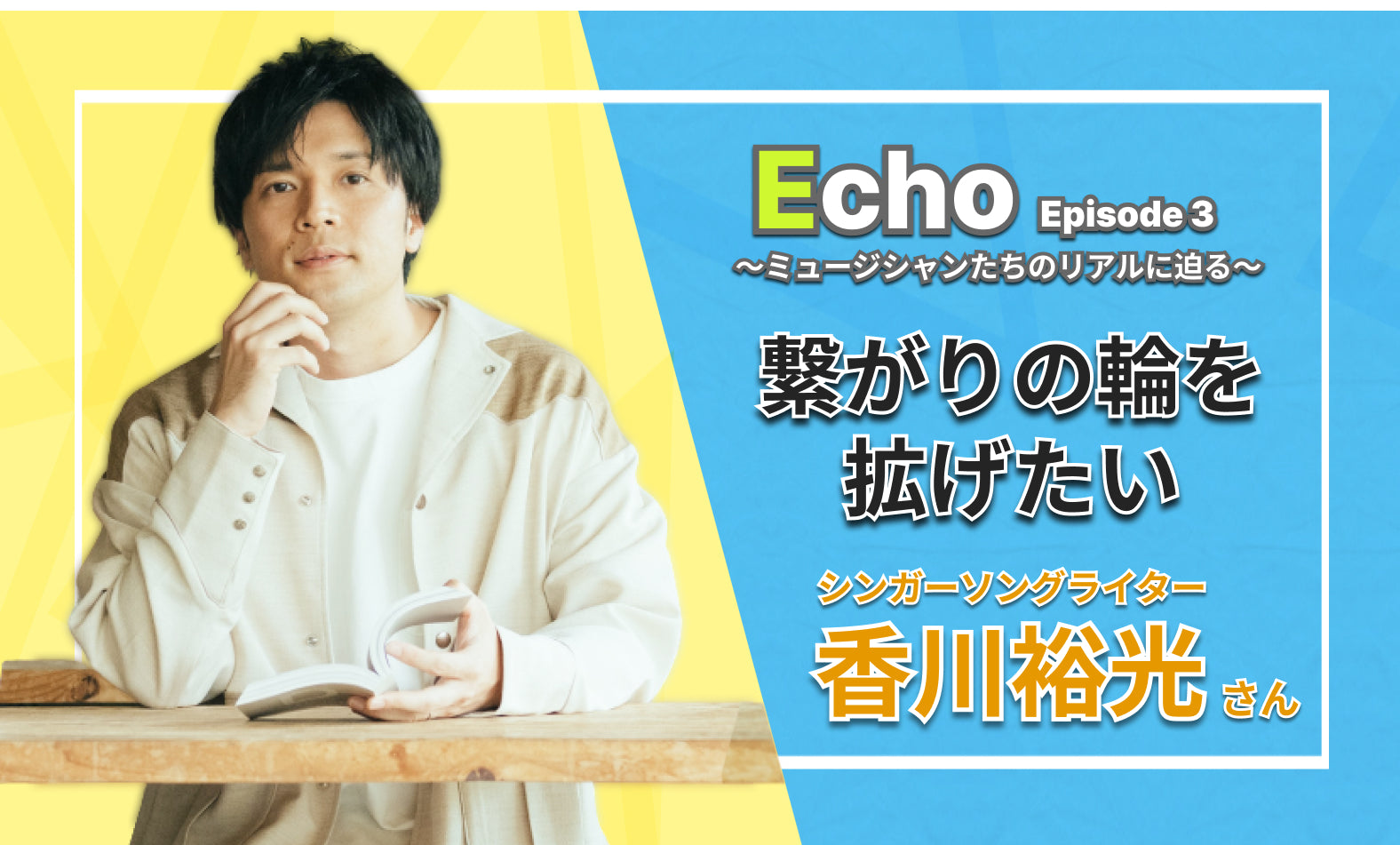
Interview project “Echo”
We will ask artists who are currently using Logic Wave products how they use the products and their thoughts on music.
~To customers before purchasing~
Would you like to sign up for our e-mail newsletter to receive great deals?
If you sign up for our e-mail newsletter, we will give you a discount coupon that you can use on your first purchase.
If you no longer wish to receive the newsletter after registering, you can unsubscribe from the link in the email, so please feel free to register first.
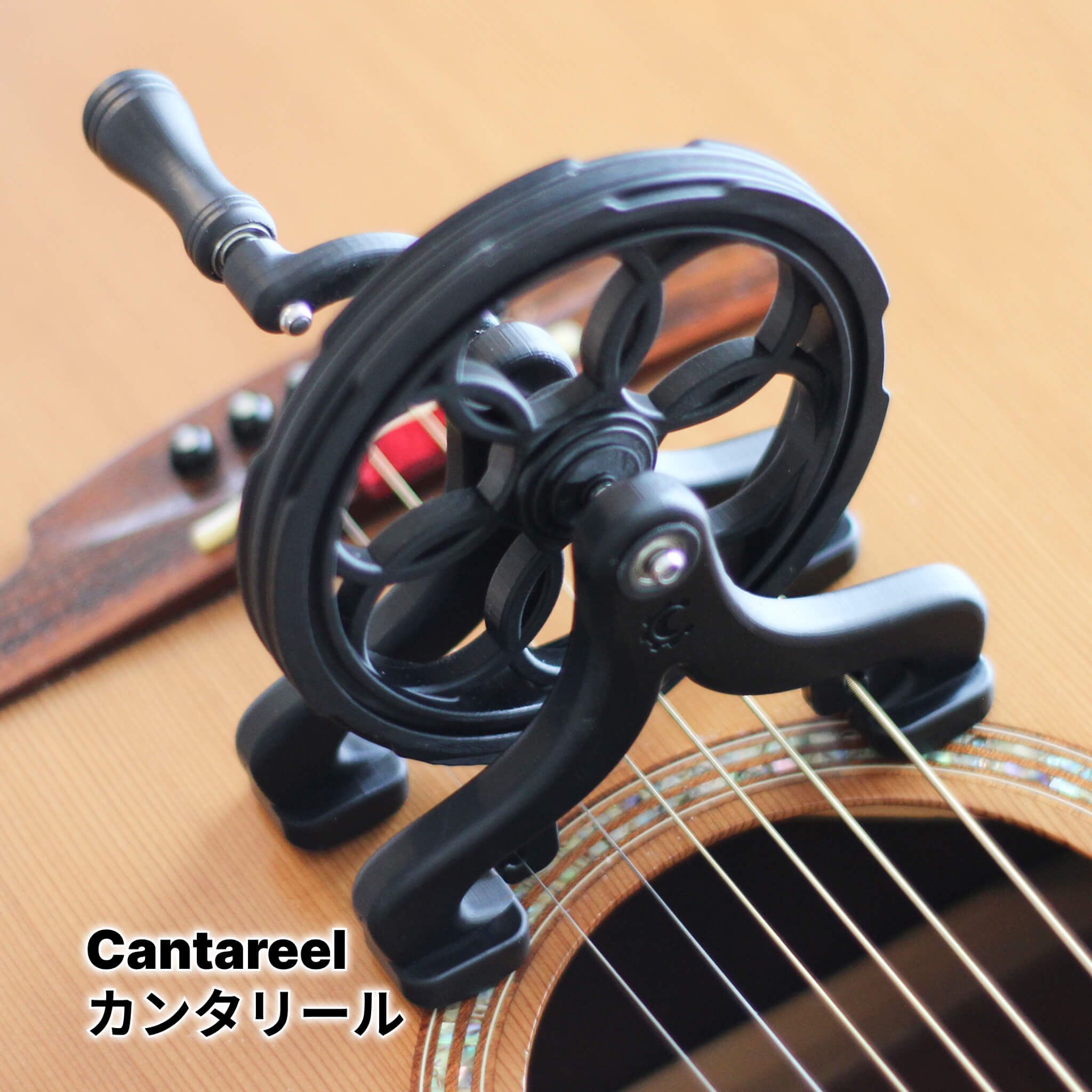
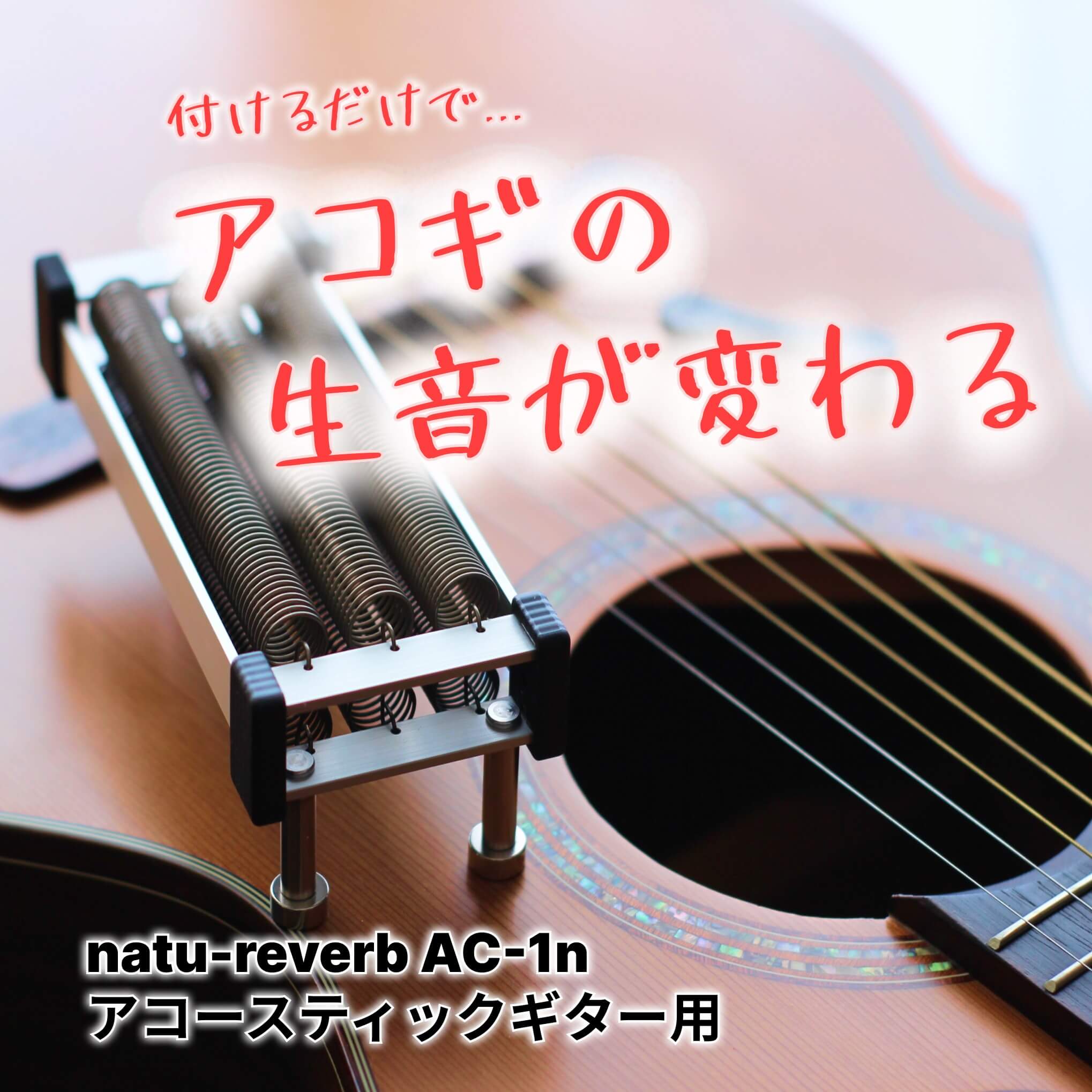
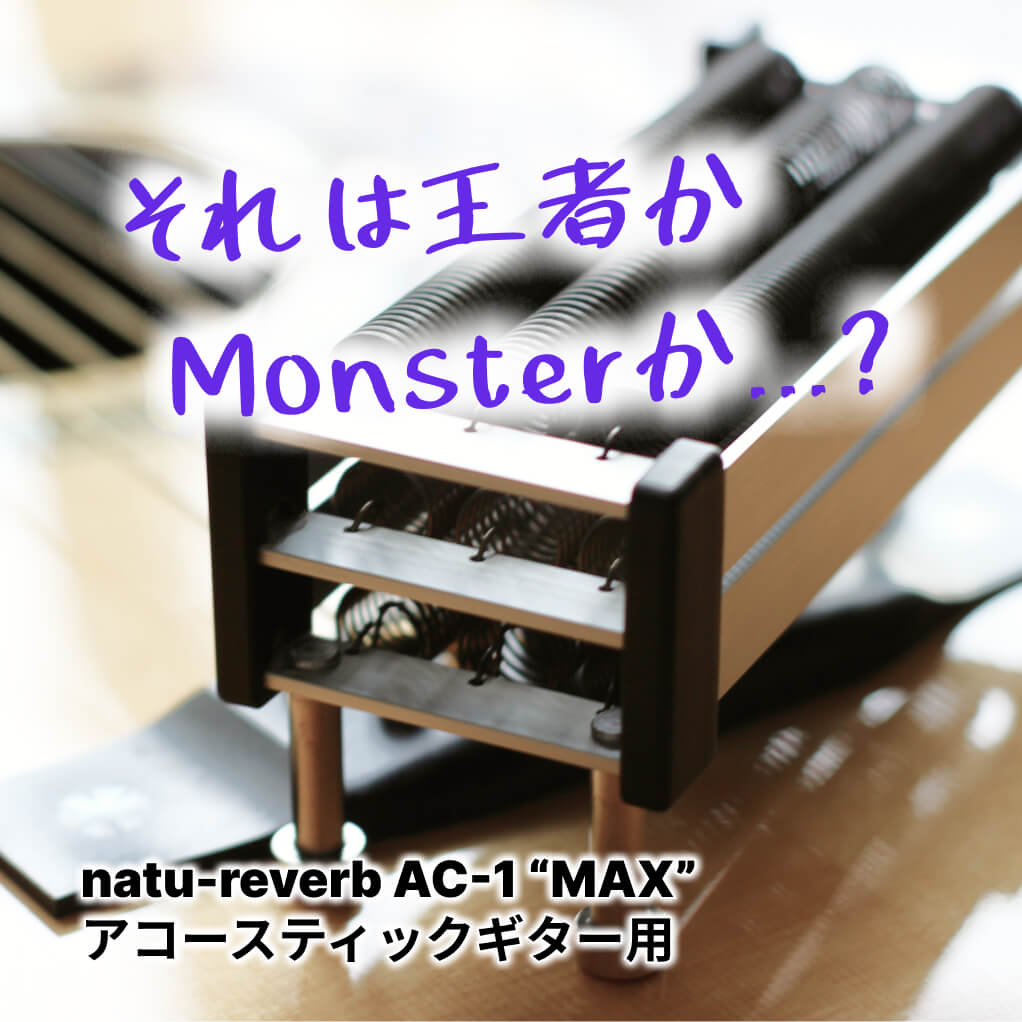
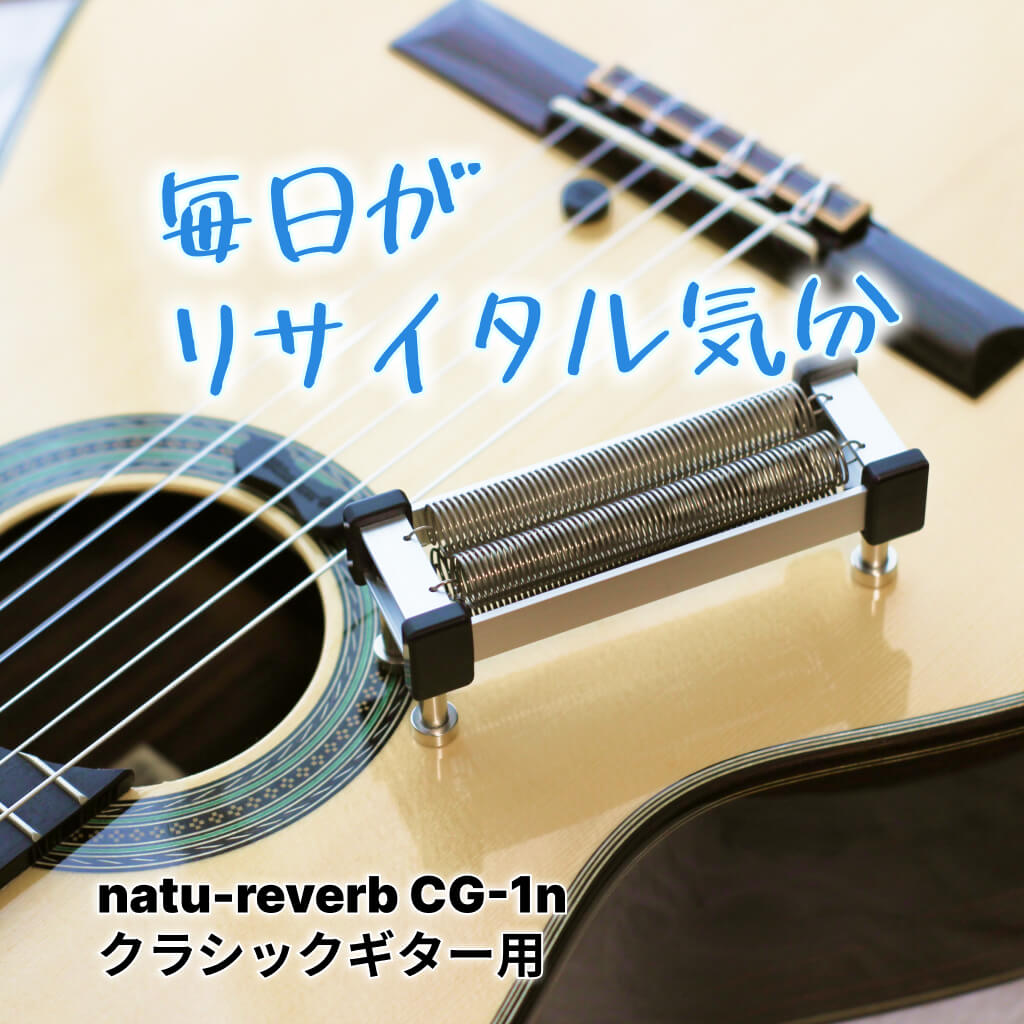
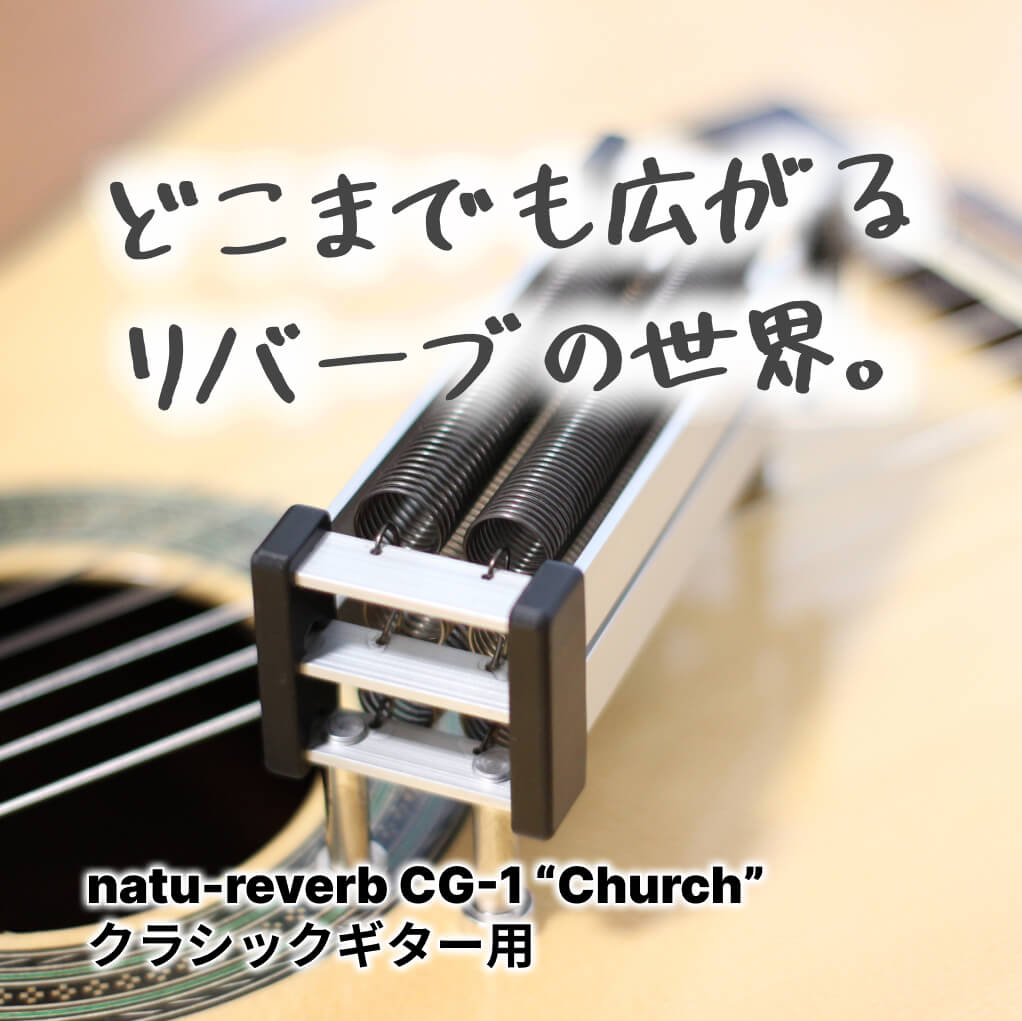
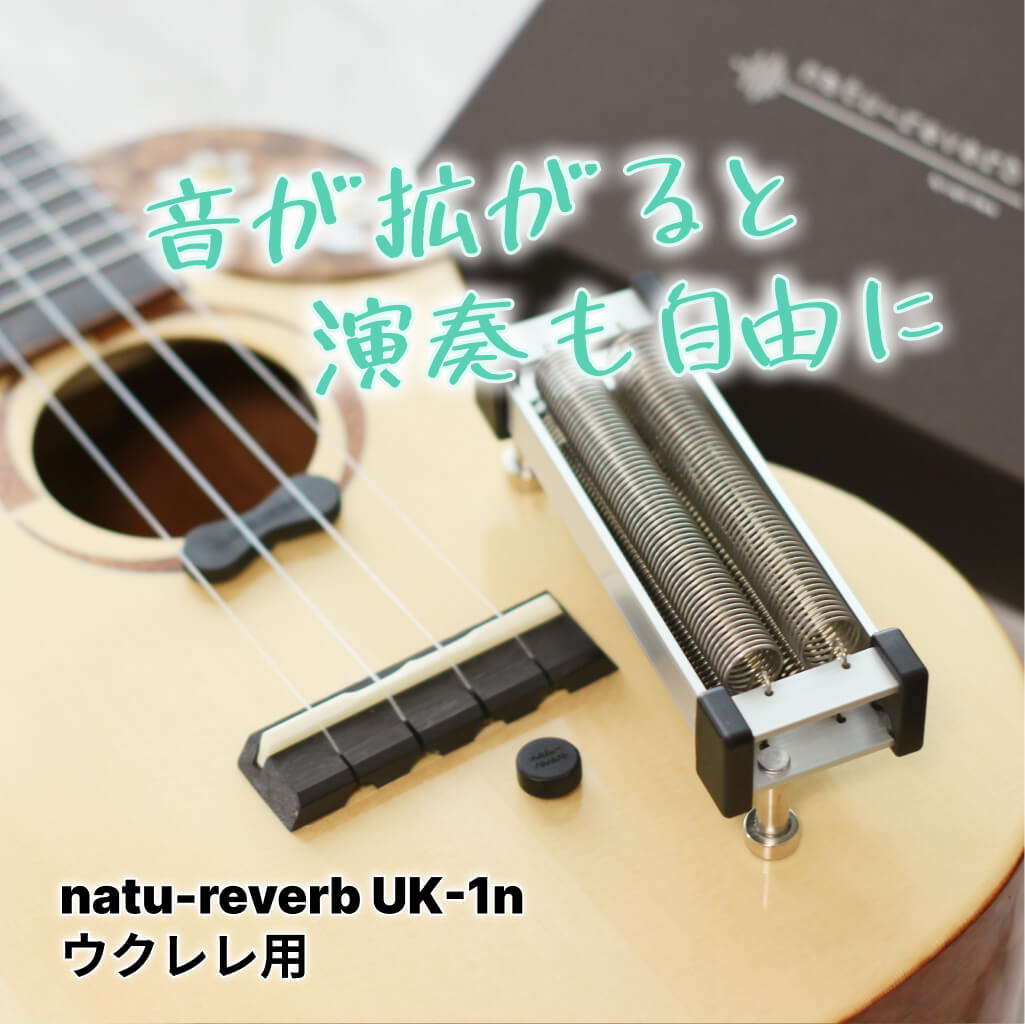
![natu-reverb magnet parts [for additional purchase]](http://logicwave.jp/cdn/shop/files/magnet_01_product_202311.jpg?v=1700968099&width=1036)
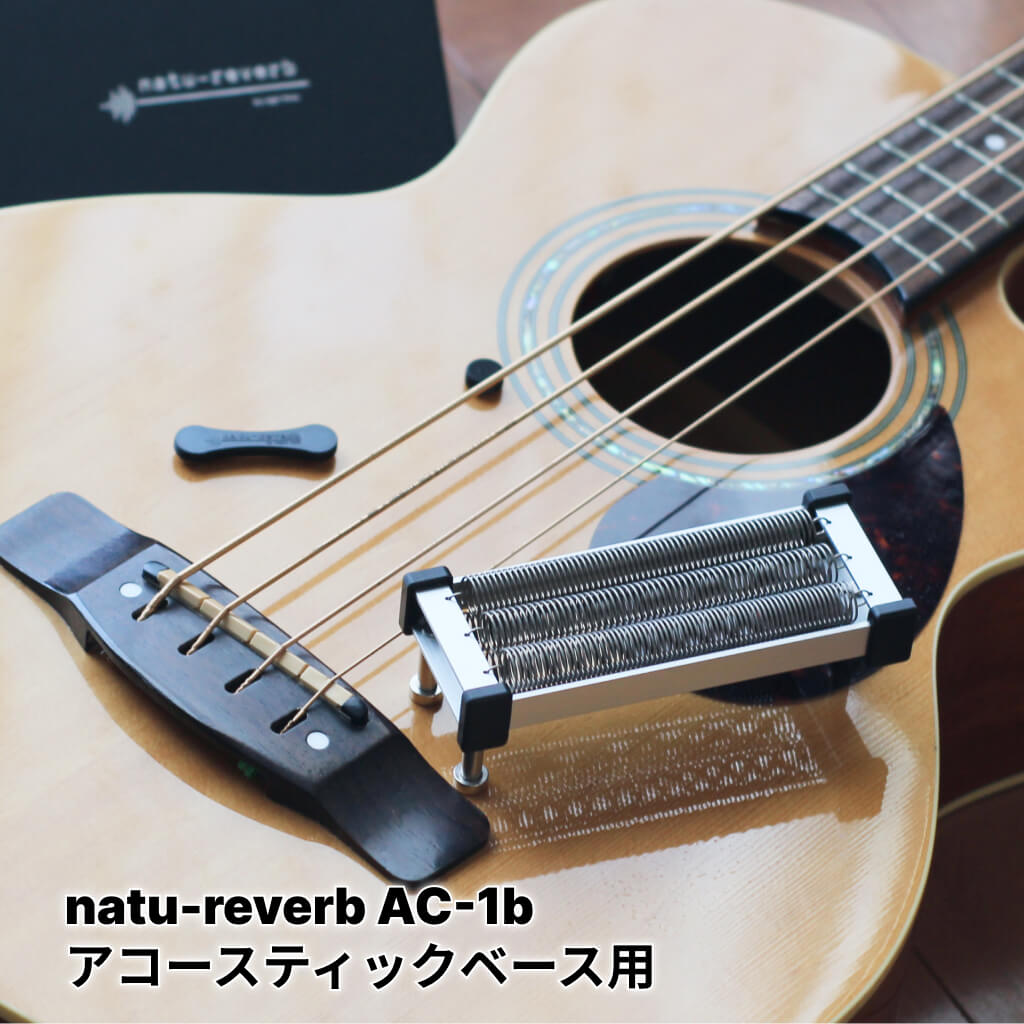
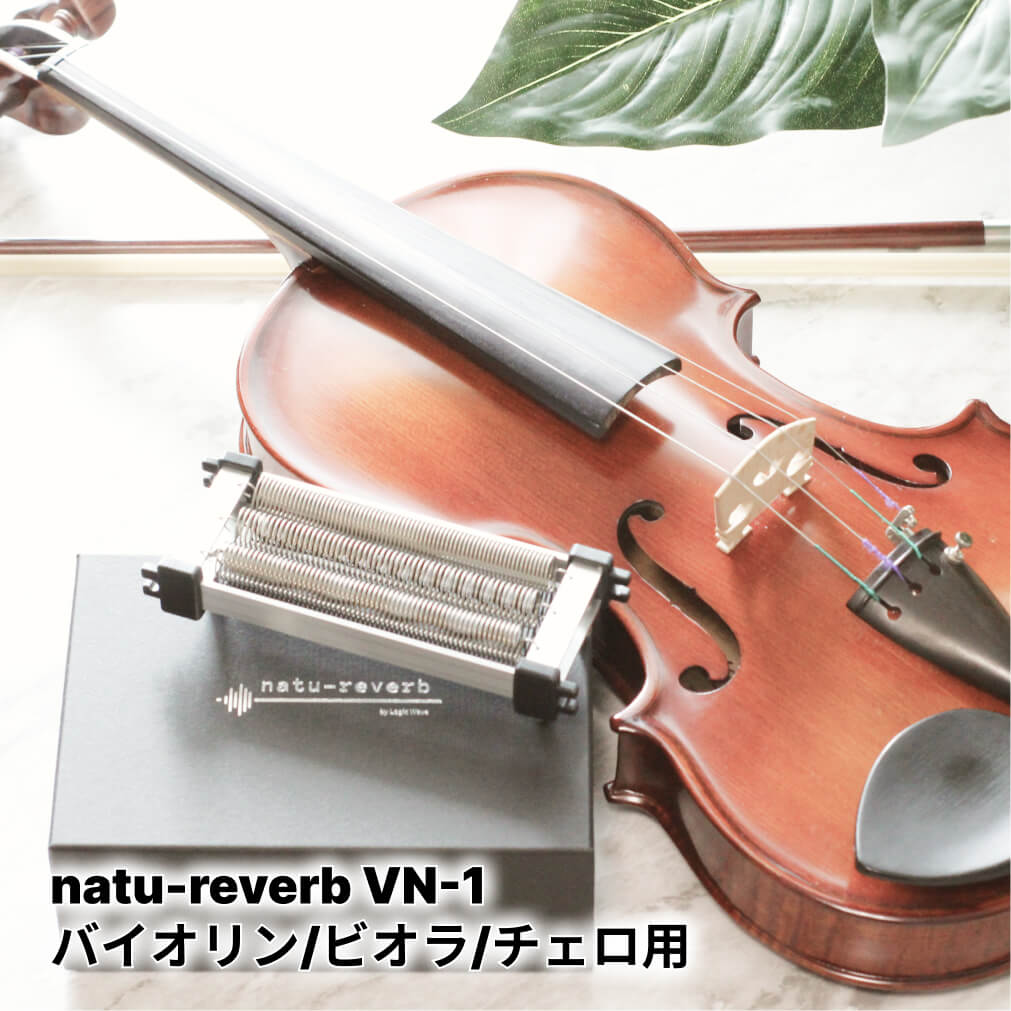
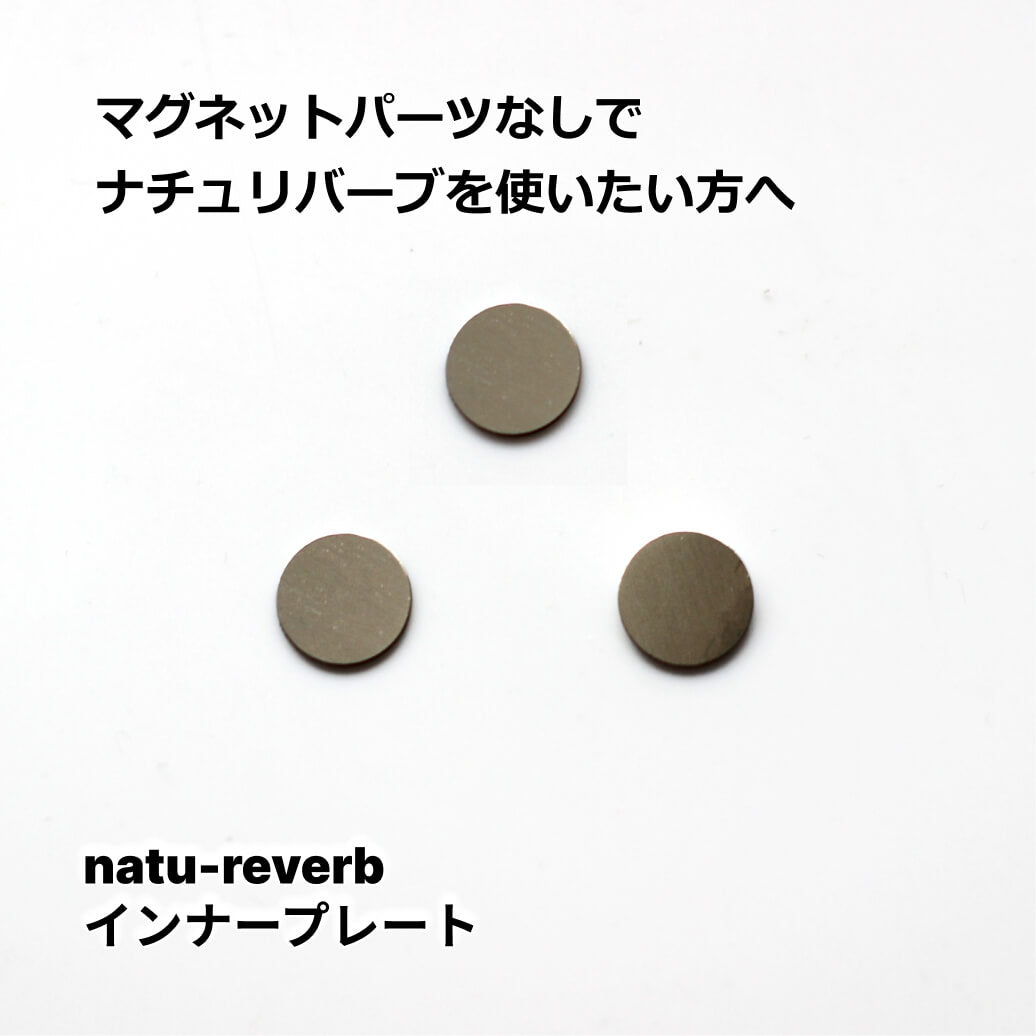
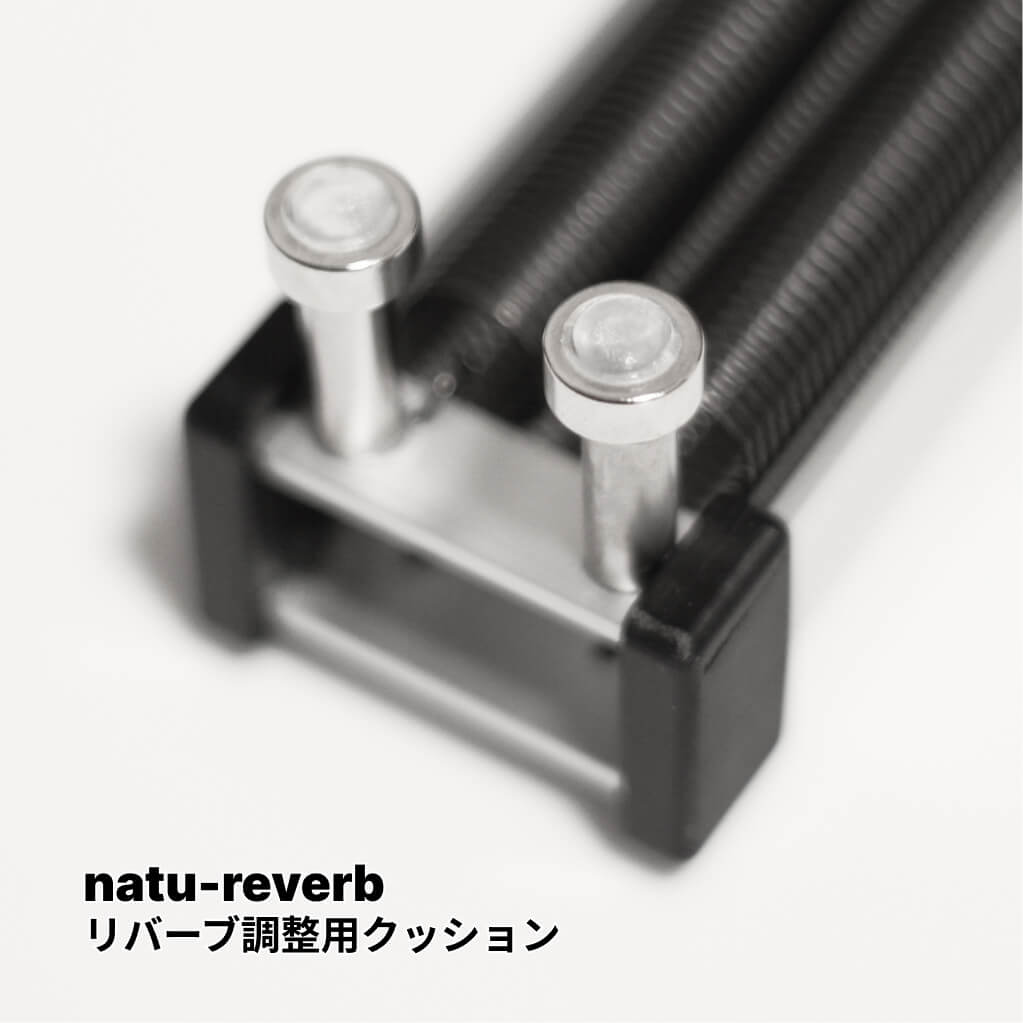
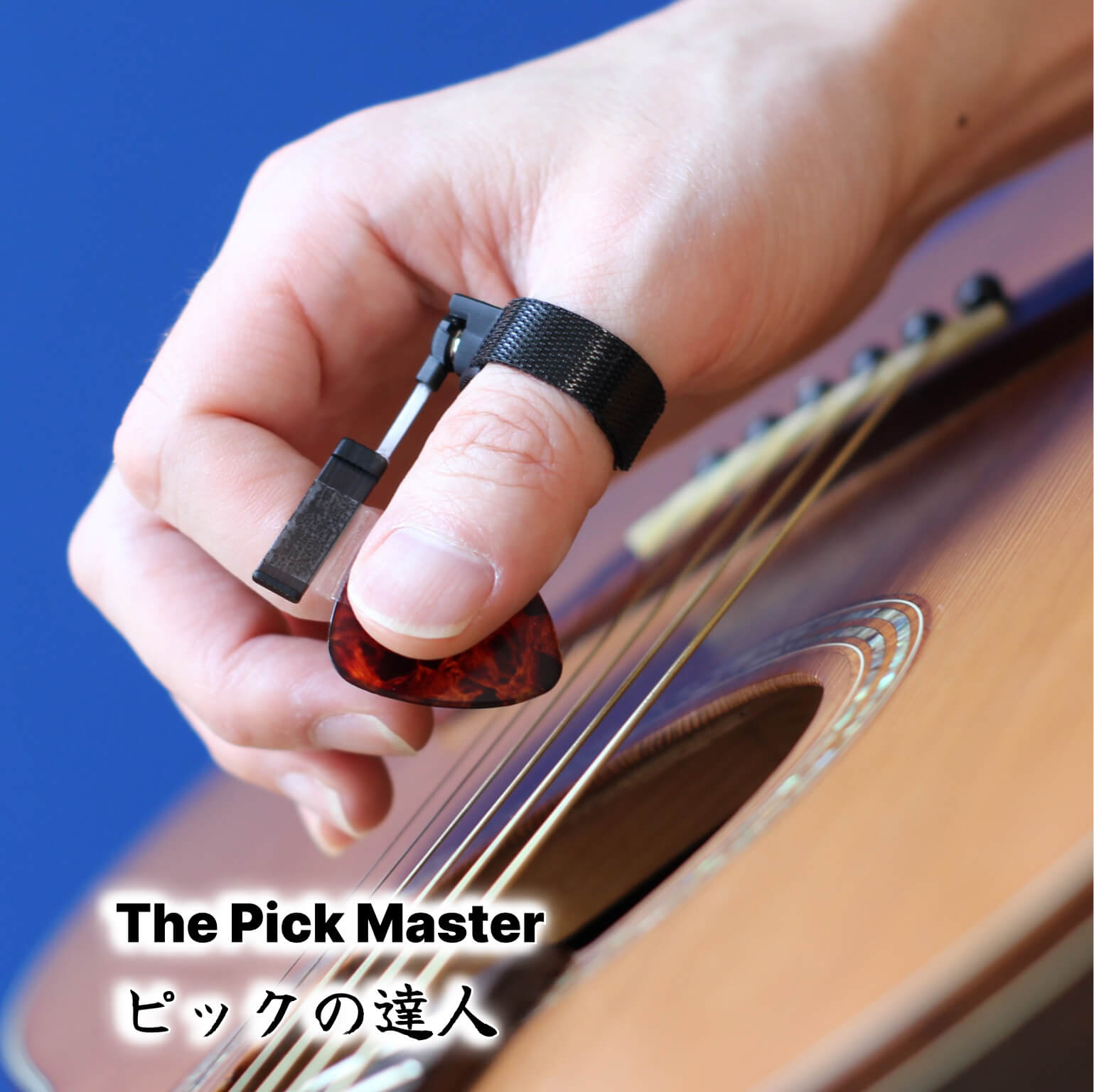
![Sitar Express™ for acoustic guitar [2024 new model]](http://logicwave.jp/cdn/shop/files/sitar_2024_01.jpg?v=1705141659&width=1550)
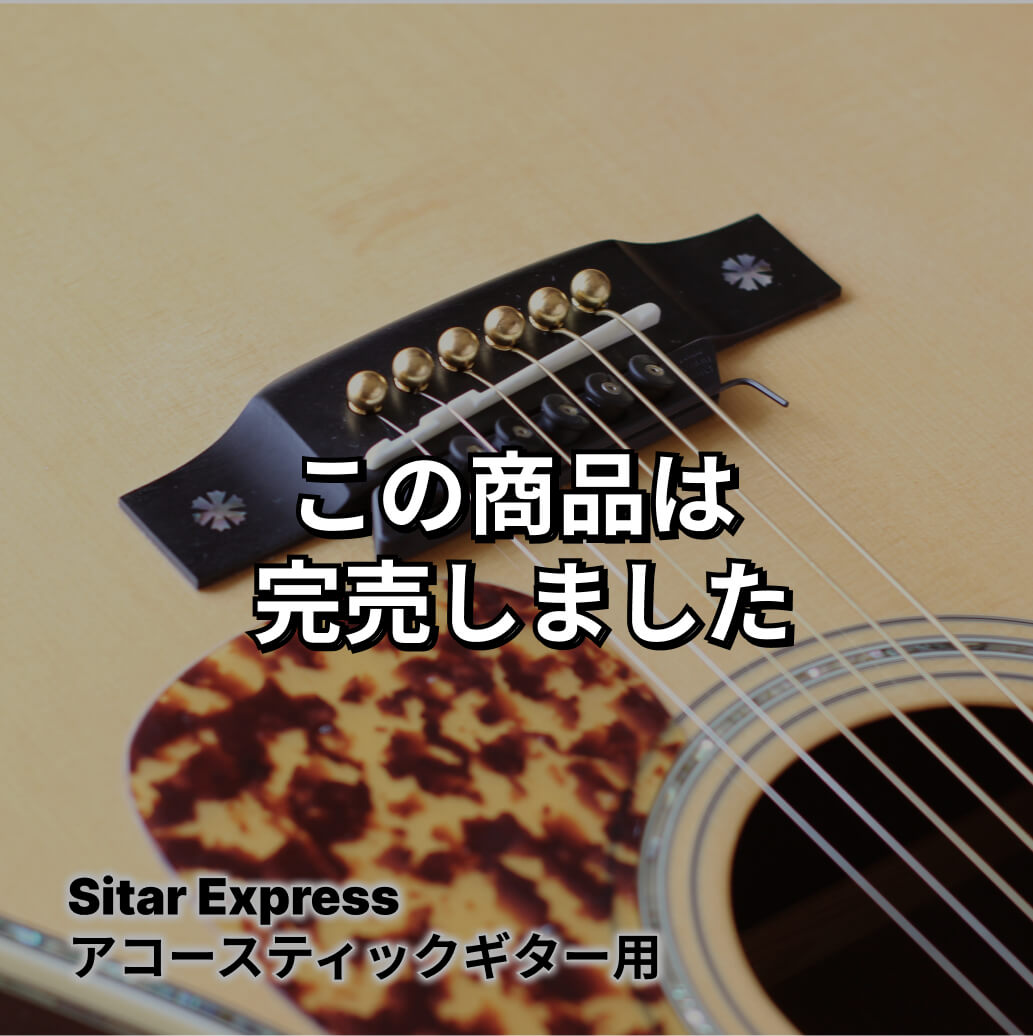
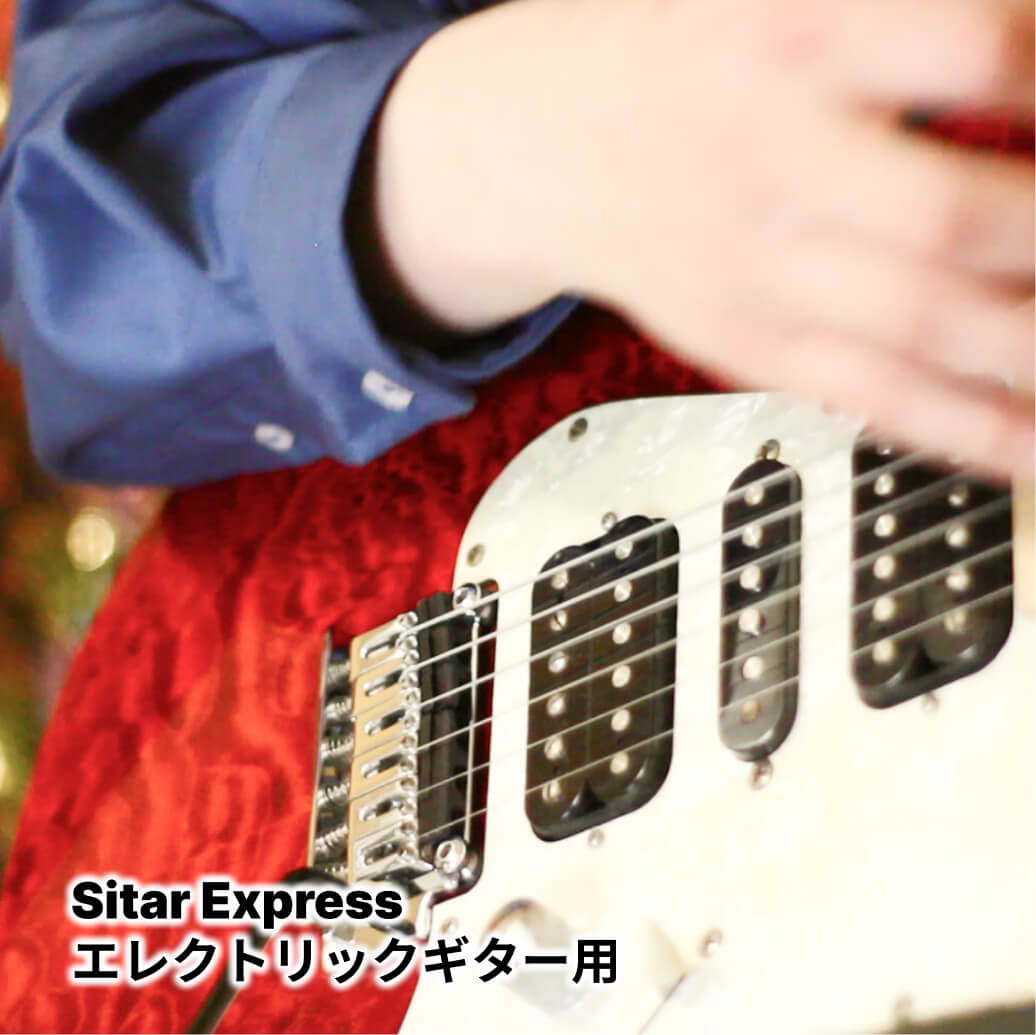
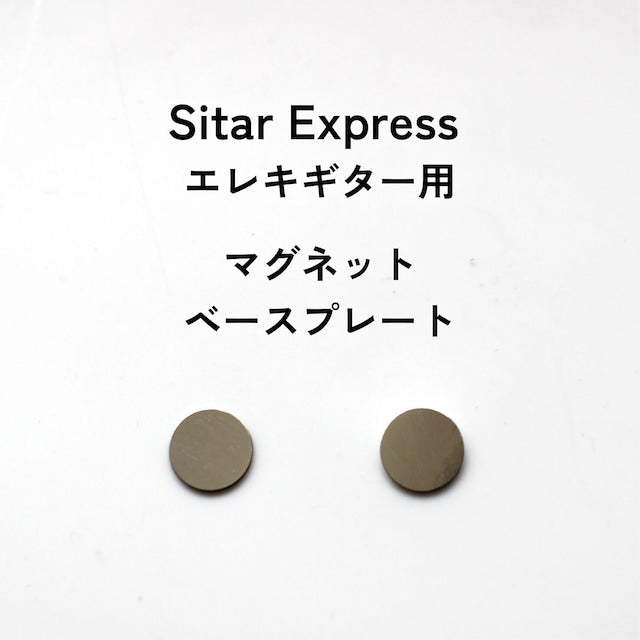
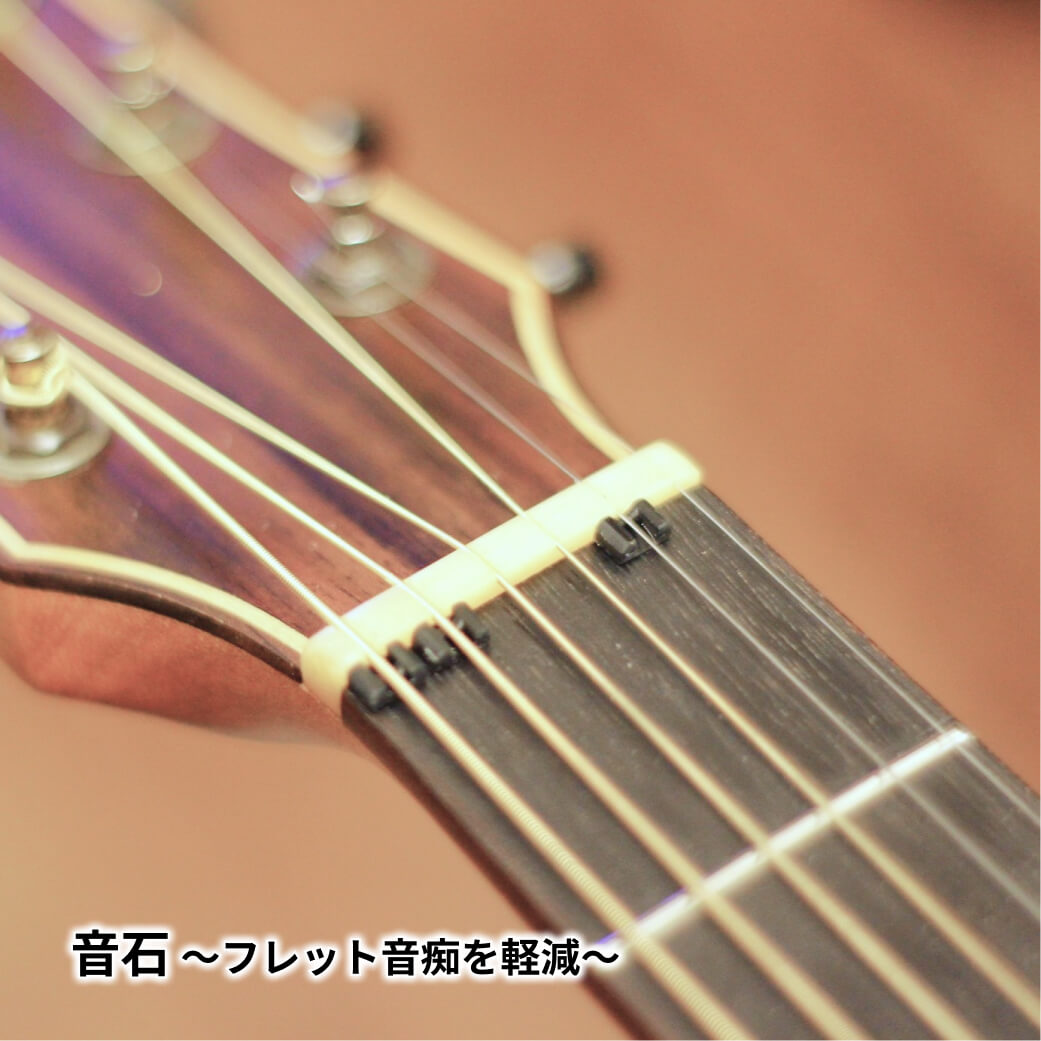
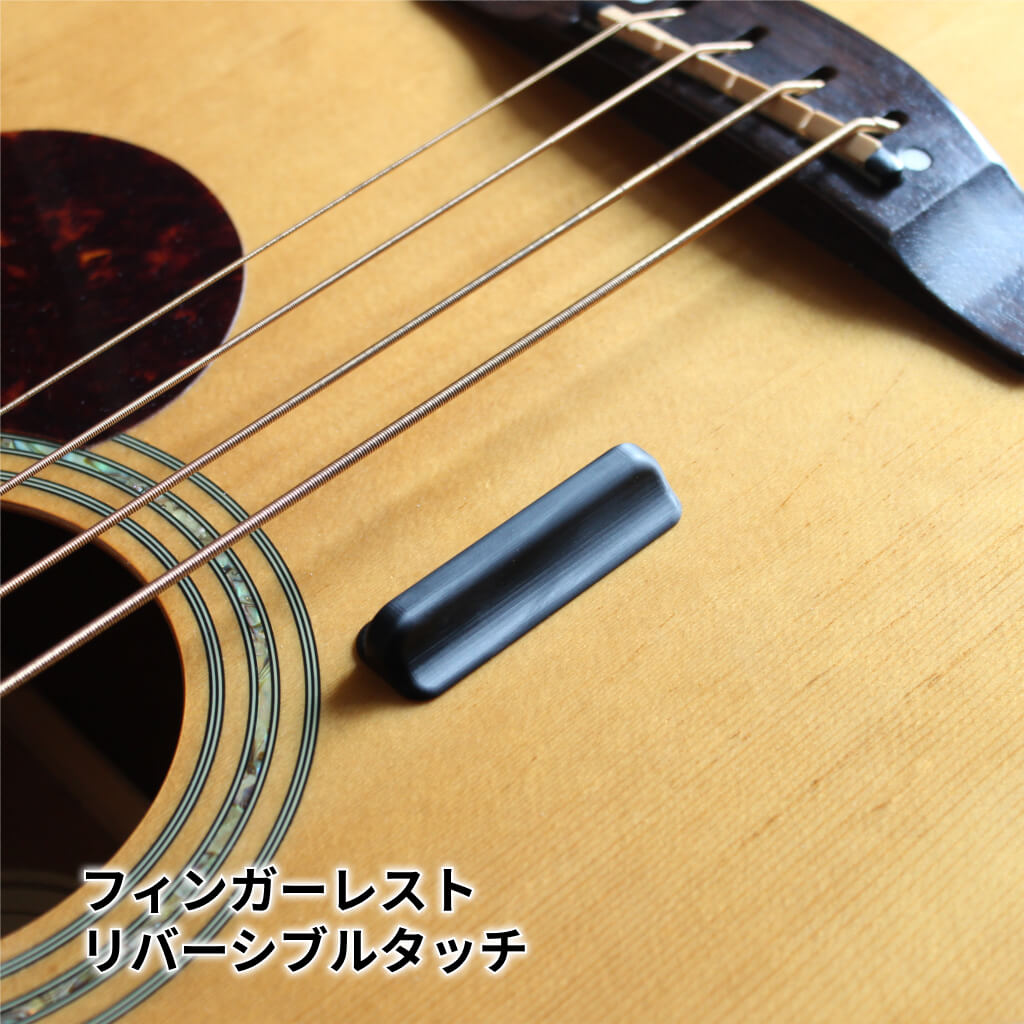
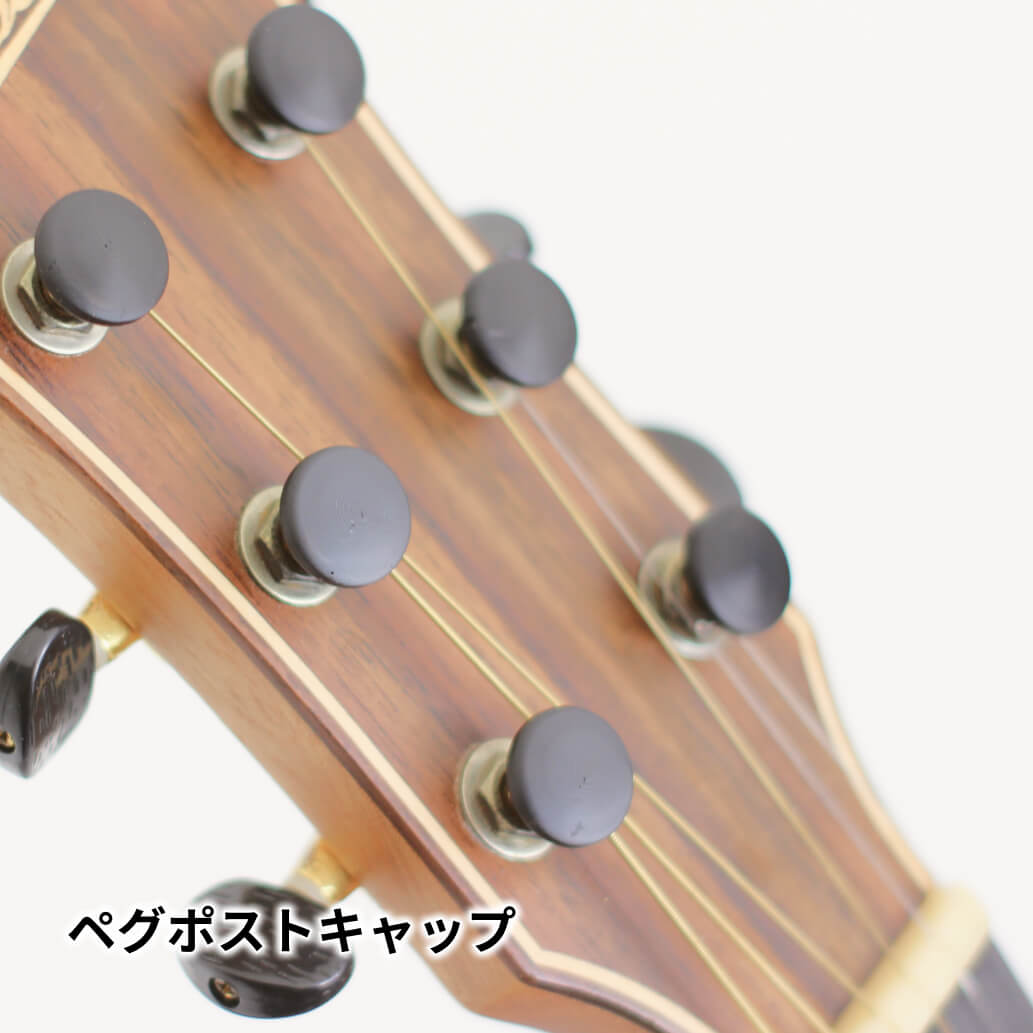
![Crazy Bolt [Discontinued]](http://logicwave.jp/cdn/shop/files/crazybolt_sold.jpg?v=1754014106&width=1539)